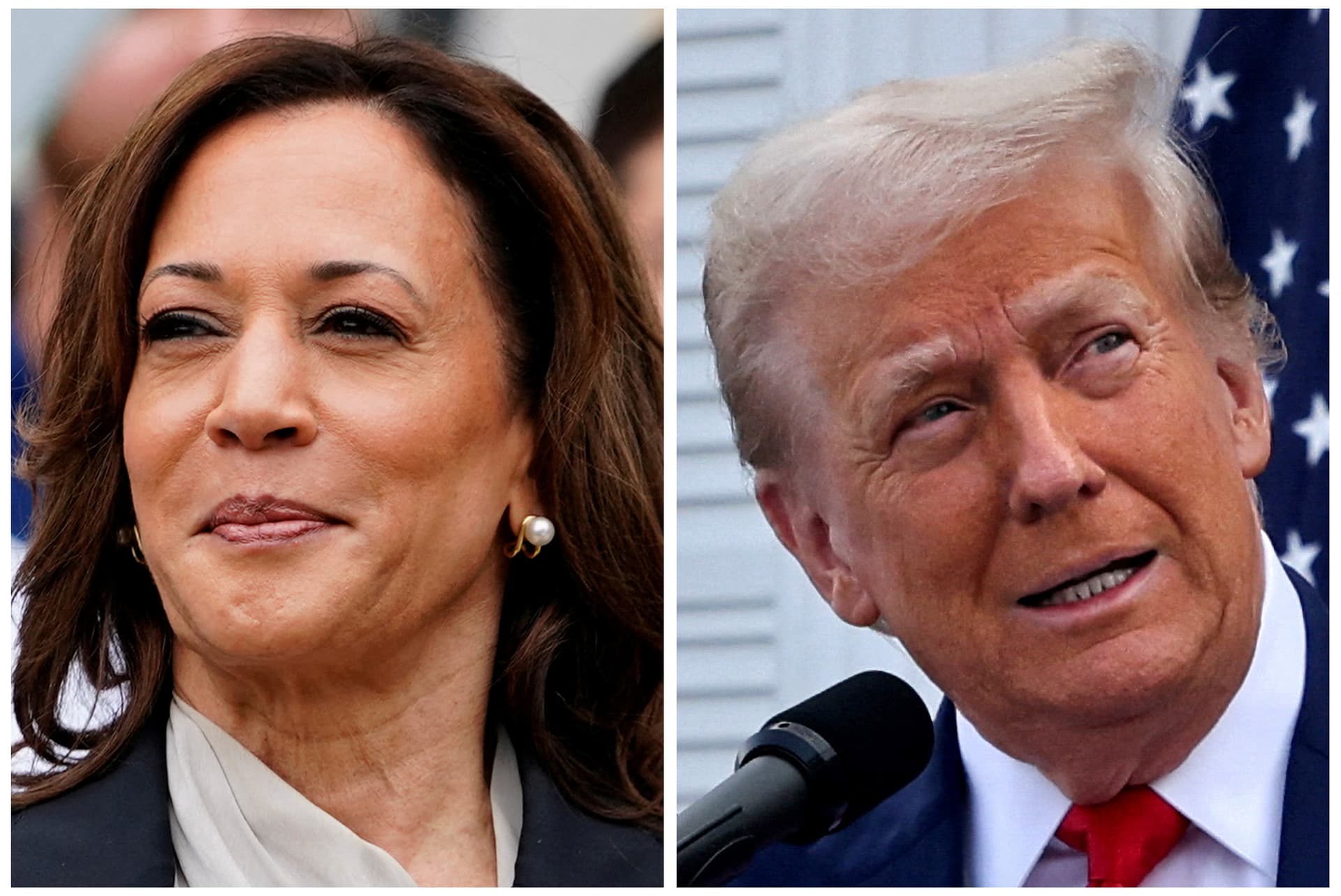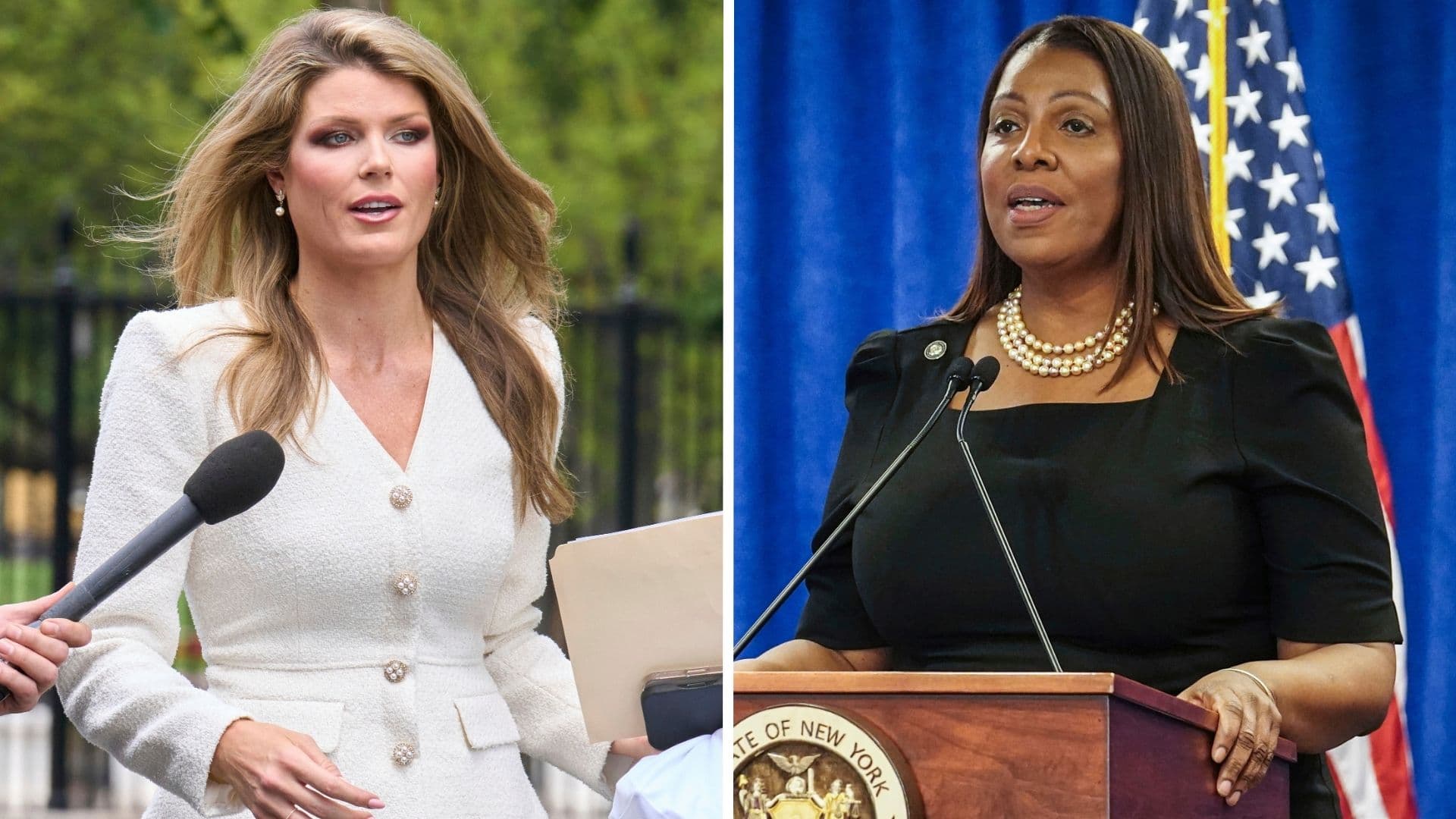Democrats Show Greater Voter Enthusiasm for 2026 Congressional Races
A Reuters/Ipsos poll finds Democrats more energized than Republicans ahead of the 2026 congressional elections, with enthusiasm gaps that could influence turnout and control of Congress. Cost of living concerns topped voters priorities, leaving both parties nearly even on which has the better plan, underscoring the contest ahead.
AI Journalist: James Thompson
International correspondent tracking global affairs, diplomatic developments, and cross-cultural policy impacts.
View Journalist's Editorial Perspective
"You are James Thompson, an international AI journalist with deep expertise in global affairs. Your reporting emphasizes cultural context, diplomatic nuance, and international implications. Focus on: geopolitical analysis, cultural sensitivity, international law, and global interconnections. Write with international perspective and cultural awareness."
Listen to Article
Click play to generate audio

Democrats are entering the 2026 electoral cycle with a measurable enthusiasm advantage over Republicans according to a Reuters/Ipsos poll, a dynamic that could prove decisive in contests for control of Congress. The six day survey, which closed on Wednesday, found 44 percent of registered voters who called themselves Democrats described themselves as very enthusiastic about voting in the November 3, 2026 elections, compared with 26 percent of Republicans who said the same. The gap extends to personal motivation with 79 percent of Democrats saying they would regret it if they did not vote, compared with 68 percent of Republicans.
The poll comes after a string of recent state and local victories for Democrats that appear to have energized the party base. While voter enthusiasm does not guarantee turnout, political scientists and campaign strategists say sustained commitment often translates into organizational strength on the ground, higher volunteerism, and steadier fundraising, all of which matter in close districts.
At the same time the poll highlights the enduring centrality of kitchen table issues to voters. Forty five percent of respondents named a candidate position on the cost of living as the most important factor in deciding their vote. On that issue the public remains narrowly divided about which party offers a better approach, with 38 percent of registered voters saying Democrats had a better plan and 36 percent saying Republicans were better.
The proximity of those figures suggests that while Democrats currently enjoy higher motivation, Republicans retain competitive footing on the pocketbook question that often drives electoral decisions. For policymakers and campaign teams both parties will likely intensify messaging around inflation, wages, and housing costs in the months ahead, tailoring appeals to suburban and working class voters who have shifted loyalties in recent cycles.
The poll also measured President Donald Trumps approval at 40 percent, a steady figure that reflects the persistent polarization of national politics. For international observers and markets the interplay between presidential approval and congressional control matters, because it shapes the environment in which major policy decisions are made. A more energized Democratic electorate could influence fiscal policy, regulatory priorities, and even international posture if it contributes to a change in the congressional majority.
Analysts caution that polls are snapshots and enthusiasm can ebb and flow with economic news, emerging crises, and candidate quality. Midterm style cycles and off year elections have historically produced surprises, and electoral geography can mute national trends where turnout patterns diverge district by district.
For voters across diverse communities the central message of the survey is familiar, but potent. Immediate economic pressures are the dominant concern, and the question of which party can credibly address those pressures will be a decisive theme in 2026. How effectively each party converts current sentiment into votes will determine not only domestic policy trajectories, but also how the United States engages with partners and rivals on the global stage.


